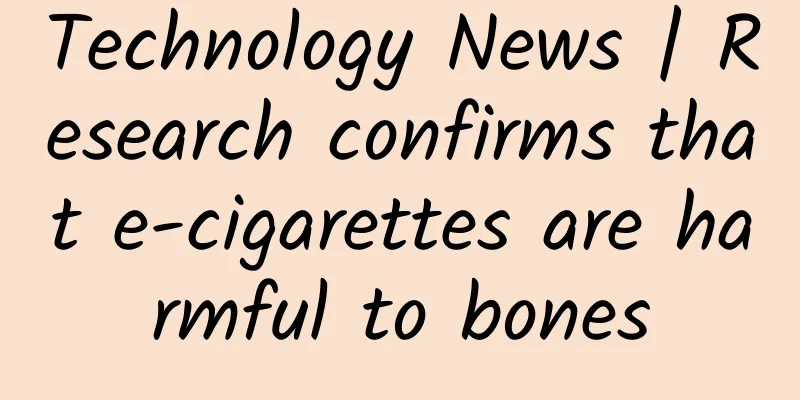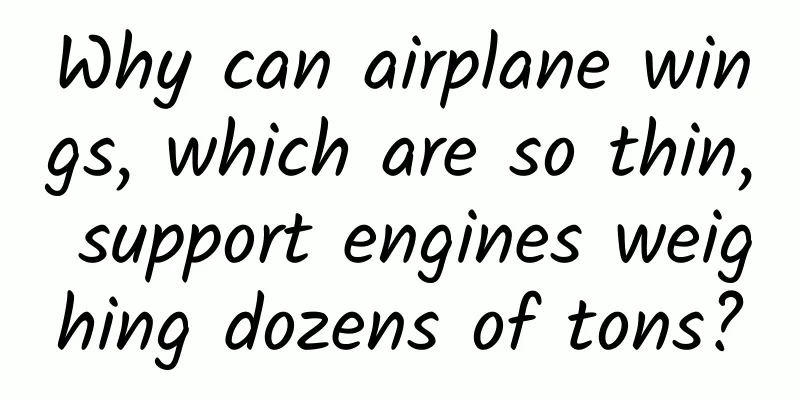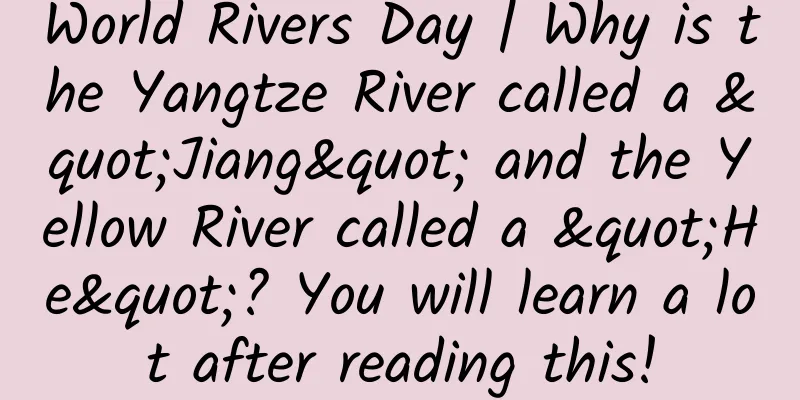Why is it said that the Jiangcun Tomb is the Mausoleum of Emperor Wen of Han?
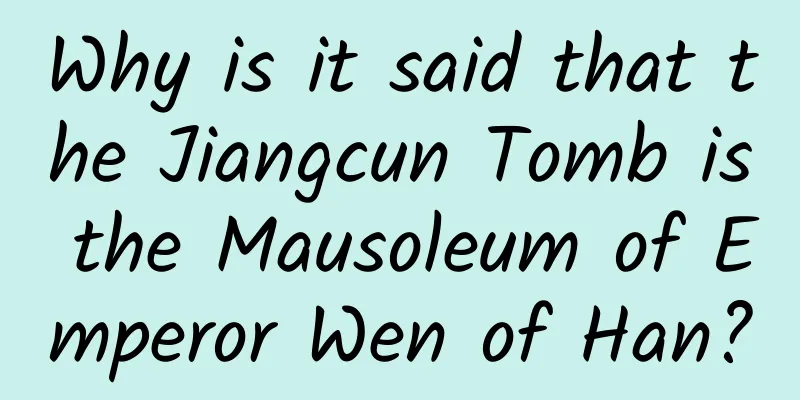
|
On the morning of the 14th, the State Administration of Cultural Heritage held an important progress work meeting on the major project "Archaeology China" in Beijing, reporting three important archaeological results, including the Jiangcun Tomb in Xi'an, Shaanxi, the Zhengpingfang Site in Luoyang, Henan, and the Tuyuhun Tombs in Wuwei, Gansu. At the meeting, the identity of the owner of the Jiangcun Tomb was officially revealed - Emperor Wen of Han, Liu Heng, who started the "Reign of Emperor Wen and Emperor Jing". The Jiangcun Tomb is the Tomb of Emperor Wen of Han. The relative position of "Jiangcun Tomb" and the urban area of Xi'an. Image source: CCTV News Client The Jiangcun Cemetery is located at the western end of Bailuyuan in the eastern suburbs of Xi'an. About 800 meters to the northeast is the Tomb of Empress Dou, about 2000 meters to the southwest is the Southern Tomb of Empress Dowager Bo, and about 2100 meters to the north is the "Phoenix Mouth" location of the former national protected unit, the Ba Tomb. Some people believe that the tomb of Ba was hidden in the mountains and that the high cliff of "Phoenix Mouth" is the site of Ba's tomb. This view has been circulating for thousands of years. However, previous archaeological surveys have confirmed that there are no Han Dynasty tombs at the "Phoenix Mouth" site, ruling out the possibility that it is the tomb of Ba. So, why is Jiangcun Tomb considered the Ba Tomb? Jiangcun Tomb: The tomb is in the shape of a Chinese character "亞", surrounded by 115 external storage pits The Han Ba Ling is located at the western end of Bailuyuan in Baqiao District, Xi'an. The mausoleum area includes the "Phoenix Mouth" which is said to be the tomb of Emperor Wen, the tomb of Empress Dou, the Jiangcun Tomb, and the Southern Tomb of Empress Dowager Bo, with a total area of about 30 square kilometers. During the winter and spring of 2014 to 2016, criminals successively excavated the outer storage pits of the Jiangcun Tomb and the Empress Dowager Bo's Mausoleum, stealing hundreds of precious Han Dynasty cultural relics, including gilded chimes and painted pottery figurines. In view of the security situation faced by the Jiangcun Tomb and the Southern Tomb of Empress Dowager Bo, with the approval of the State Administration of Cultural Heritage, in November 2017, the Shaanxi Provincial Institute of Archaeology and the Xi'an Institute of Cultural Relics Protection and Archaeology jointly formed a Han Tomb Archaeological Team to carry out rescue excavations of the severely stolen outer storage pits to the west of the Southern Tomb of Empress Dowager Bo and in the northeast and southwest areas of the Jiangcun Tomb. Ma Yongying, a researcher at the Shaanxi Provincial Institute of Archaeology, introduced that this excavation is based on the protection and rescue of cultural relics. Scientific archaeological excavation work is carried out in accordance with the "Field Archaeology Work Regulations" newly promulgated by the state. The idea of coordinate control of overall layout and comprehensive excavation is adopted. A base point is determined for the entire mausoleum area (about 20km²), and a unified layout is used. The materials are removed layer by layer to fully extract data. They paid attention to the use of various technical means such as aerial photography, three-dimensional modeling, animal archaeology, plant archaeology, etc., increased the content of scientific and technological archaeology, systematically and comprehensively obtained excavation information, and made comprehensive collection, recording and utilization of various types of information in the mausoleum area, and established a unified digital platform for archaeological data. In general, the Jiangcun Tomb is about 800 meters east of the Empress Dou's Mausoleum. The tomb is in the shape of a "亚" character, with no earth covering the surface. The tomb chamber is 73 meters long and more than 30 meters deep. The eastern tomb passage is the longest, about 135 meters, and about 10-40 meters wide from north to south. There are 115 outer storage pits around the tomb chamber, most of which are long strips, 4-90 meters long, about 5 meters wide, and 5-9 meters deep. The 38 outer storage pits found in the southwest corner are relatively small in scale, mostly 2-3 meters long, 1-2 meters wide, and 8-10 meters deep. There are pebbled mausoleum facilities (temporarily named "stone enclosure") outside the Jiangcun Tomb, with a side length of more than 390 meters and a width of 1.5 meters. There is a gate site in the middle of the four sides of the outer stone enclosure. It is speculated that it may be an independent imperial mausoleum. Through exploration and trial excavation, rammed wall remains were discovered outside the Jiangcun Tomb and Empress Dou's Mausoleum. The remaining length from east to west is more than 1,200 meters, and the width from north to south is 863 meters. The wall width is about 3.5 meters. It should be the outer cemetery wall site of the Jiangcun Tomb and Empress Dou's Mausoleum, and it is speculated that they are located in the same large cemetery. Within the outer garden wall, two groups of external storage pits were found on the east and west sides of the Jiangcun Tomb, and a building site was discovered on the north side; there are also three building sites around the Empress Dou Tomb. In addition, a "Jia"-shaped tomb was discovered between the Jiangcun Tomb and the Empress Dou Tomb. The exploration results show that there are dozens of large "A"-shaped Han tombs distributed in the area 3,000-4,000 meters west and north of the Jiangcun Tomb. Currently, more than 20 tombs have been found in three groups. These tombs are 36-64 meters long, with a side length of 11-20 meters and a depth of 11.5-17.3 meters. Based on their location and size, these tombs should be tombs for the burial of Ba Ling. What was unearthed: Various pottery figurines and many Ming organ seals This archaeological work has been going on since 2017. More than 1,000 pottery figurines of various types and more than 3,000 gold, silver, bronze, iron and pottery cultural relics have been unearthed. Since 2017, the archaeological team has carried out archaeological excavations on eight outer storage pits in the northeast and southwest areas of the Jiangcun Tomb. Among them, the two small outer storage pits located in the southwest corner are rectangular vertical pits, 3.5 meters long, 2 meters wide, and 7.5-9 meters deep. A horse bone was cleaned out of the pit, as well as one clothed pottery figurine, one pottery basin, and one pottery jar. The remaining outer storage pits are all vertical pits with ramps, ranging from 6.5 to 72 meters in length, 3 to 6 meters in width, and 6 to 9 meters in depth. There are zigzag steps on both sides of the pit wall, and there are wooden coffin remains at the bottom. The remains in the pit mainly include: clothed pottery figurines (some of them wear torture instruments), pottery, ironware, bronzeware, and lacquered wooden remains. It is worth mentioning that many Ming official seals such as "Zhong Sikong Yin", "Zhong Sikong Cheng", "Shanguan", "Cangyin", and "Jiuxiang" were also found in the outer storage pit. According to historical records, "Neiguan", "Qianren" and "Sikong" were all titles of officials in the central government agencies at that time. Archaeological research shows that the outer storage pits of the Western Han Dynasty imperial mausoleums represent the central government agencies of the underground dynasty. Only people with the status of emperors or princes can be buried in this way. Since the names of the central government offices of the Western Han Dynasty appeared in the outer storage pits of the Jiangcun Tomb, the identity of the tomb owner can only be a high-ranking noble at that time. From 2018 to 2019, 23 Han tombs about 3,900 meters southwest of Jiangcun Tomb were excavated to support basic construction. Among them, 4 "甲"-shaped tombs were all vertical pit wooden coffin structures. The largest one was 54 meters long, with a tomb chamber 20 meters long from east to west, 18 meters wide and 16 meters deep. Although the tomb was severely robbed, more than 2,000 jade clothing pieces, as well as more than 200 precious cultural relics such as music figurines, pottery chimes, and chime stones were still unearthed. In addition, other tombs also unearthed cultural relics such as bronze halberds with the inscription "Xiangcheng Family". The Jiangcun Tomb is the Tomb of Emperor Wen of Han Ma Yongying said that according to the above archaeological surveys, explorations and excavations, the Jiangcun Tomb and its surrounding relics have formed a relatively complete mausoleum area, which is similar in shape and structure to the Western Han Dynasty mausoleums such as the Changling Mausoleum of Emperor Gaozu of Han, the Yangling Mausoleum of Emperor Jing of Han, and the Maoling Mausoleum of Emperor Wu of Han. The layout is similar, the overall scale is comparable, and there is an obvious trajectory of development and evolution. "Combined with the literature, we believe that the Jiangcun Tomb should be the Mausoleum of Emperor Wen of Han." This archaeological work has negated the traditional understanding that the "Phoenix Mouth" is the Tomb of Emperor Wen of the Han Dynasty, determined the exact location of the Tomb of Emperor Wen of the Han Dynasty, and solved the problem of the names of the eleven tombs of the Western Han Dynasty. The basic understanding of the scale, form, layout and connotation of the Western Han Dynasty imperial tombs, including the Tomb of Emperor Wen of the Han Dynasty, provides detailed archaeological data for the study of the formation and development of the Western Han Dynasty imperial tomb system, and lays the foundation for in-depth research on the ancient Chinese imperial tomb system. The double cemetery of Ba Mausoleum, the imperial tomb in the center, and the outer storage pits symbolizing government offices surrounding the imperial tomb are the earliest features of the Western Han imperial tombs, indicating the initial establishment of the political concept of the Western Han Empire with the emperor as the sole ruler and centralized power. The plan layout of Ba Mausoleum inherits the "non-interventionist" approach of Chang Mausoleum and An Mausoleum, and inspires the "supremacy of Confucianism" of Yang Mausoleum, Mao Mausoleum, Ping Mausoleum and Du Mausoleum. It is a key link in the development and evolution of the Western Han imperial tomb system. At the same time, it also reflects the development and changes of the national political thought and ideology of the Western Han Empire. Among the large number of precious cultural relics unearthed from the Ba Mausoleum, seals, sealing mud and other cultural relics with inscriptions, etc., confirm the construction concept of "the mausoleum is like a capital city" and the imperial mausoleum "imitating the real Western Han Empire". Ma Yongying said that archaeologists also promptly provided the latest archaeological data and related suggestions on the Ba Mausoleum area of Emperor Wen of Han, especially the Jiangcun Tomb, to assisted planning units and local governments in delineating scientific and reasonable protection areas, so as to urge them to announce the protection plans for the Ba Mausoleum of Emperor Wen of Han and the Southern Tomb of Empress Dowager Bo as soon as possible. ◎ Science and Technology Daily reporter Zhang Gailun Source: Science and Technology Daily The pictures in this article are taken from the PPT presentation of researcher Ma Yongying Editor: Zhang Qiqi Review: Yue Liang Final review: Liu Haiying |
<<: Prevent home fires in winter, these methods can help you avoid danger
Recommend
As a continuity technology, what problems can 5G solve?
The 4G construction of the three major domestic o...
Is there any scientific basis for the saying "an autumn rain brings a chill"? The long-standing question has finally been clarified...
This article was reviewed by Zhang Feng, meteorol...
These new media operation tools are awesome!
As an Internet person, in addition to being able ...
How can APP increase daily activity?
This time we will talk about how to increase dail...
It’s not worse than a camera. How to take high-quality photos with a mobile phone?
Compared with SLR cameras, mobile phone photograph...
The most tricky kind of meat in supermarkets, I don't recommend buying it, it's a waste of money
In the past two years, the price of pork was rela...
Understand the growth gossip model of user operations in one article!
The Growth Gossip Model can be described in one s...
What is the mysterious water monster? This needs to be explained by psychology
"Godzilla" is an enduring series in the...
Why do technology companies want to “slim down”?
Recently, there has been a wave of "slimming...
Tik Tok trending searches challenge Weibo's "advertising board"
Tik Tok’s trending searches are becoming more and...
How to formulate an operating strategy for a product?
When it comes to the work content of operations, ...
Analyzing the 6 major ways in which online education blind boxes are growing!
1. What is a blind box? A blind box refers to a b...
Whoosh! Whoosh! Whoosh! How should spacecraft respond to micrometeoroids and space debris?
In December 2022, just as Russian astronauts Serg...
What kind of river is the Tarim River? Learn more in this article →
“Tarim River, the river of my hometown, how many ...
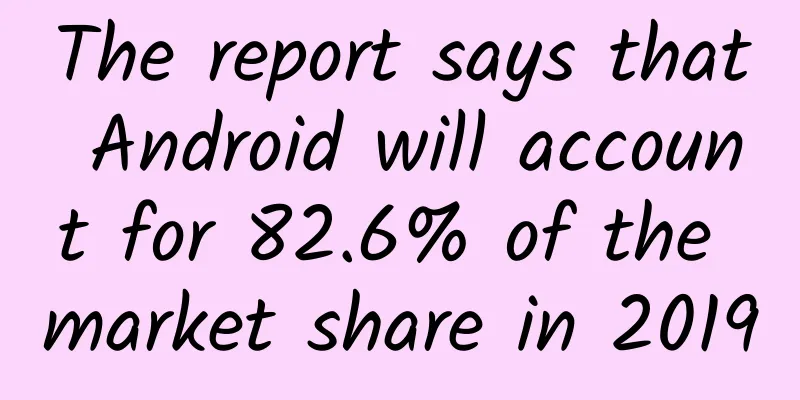
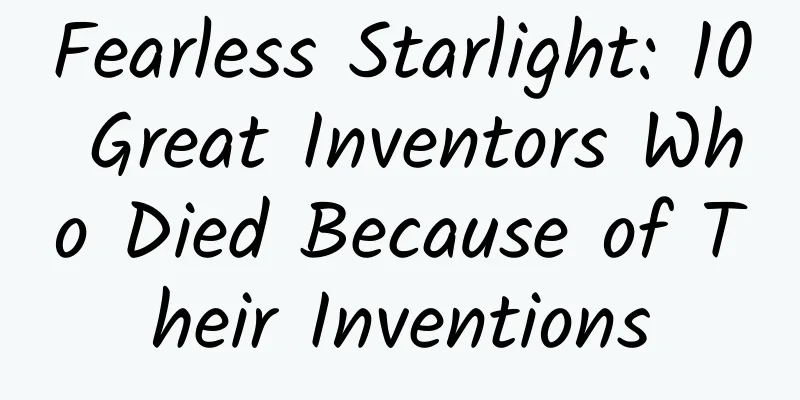
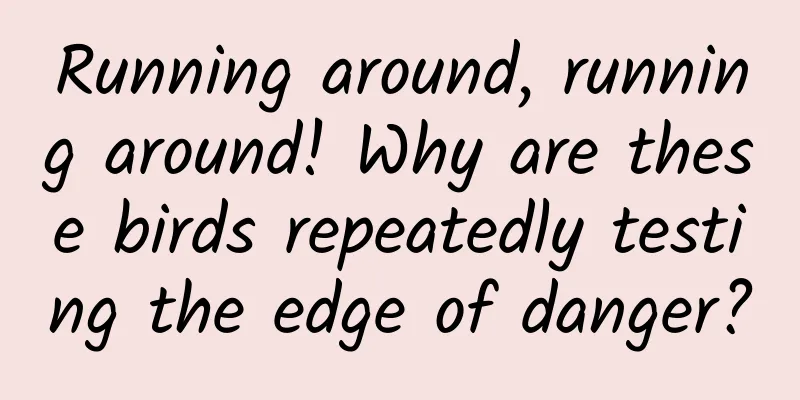

![[Must-have course for moms] 20 lessons on children's nutrition: Raise healthy and smart children easily](/upload/images/67cc004e5c931.webp)
